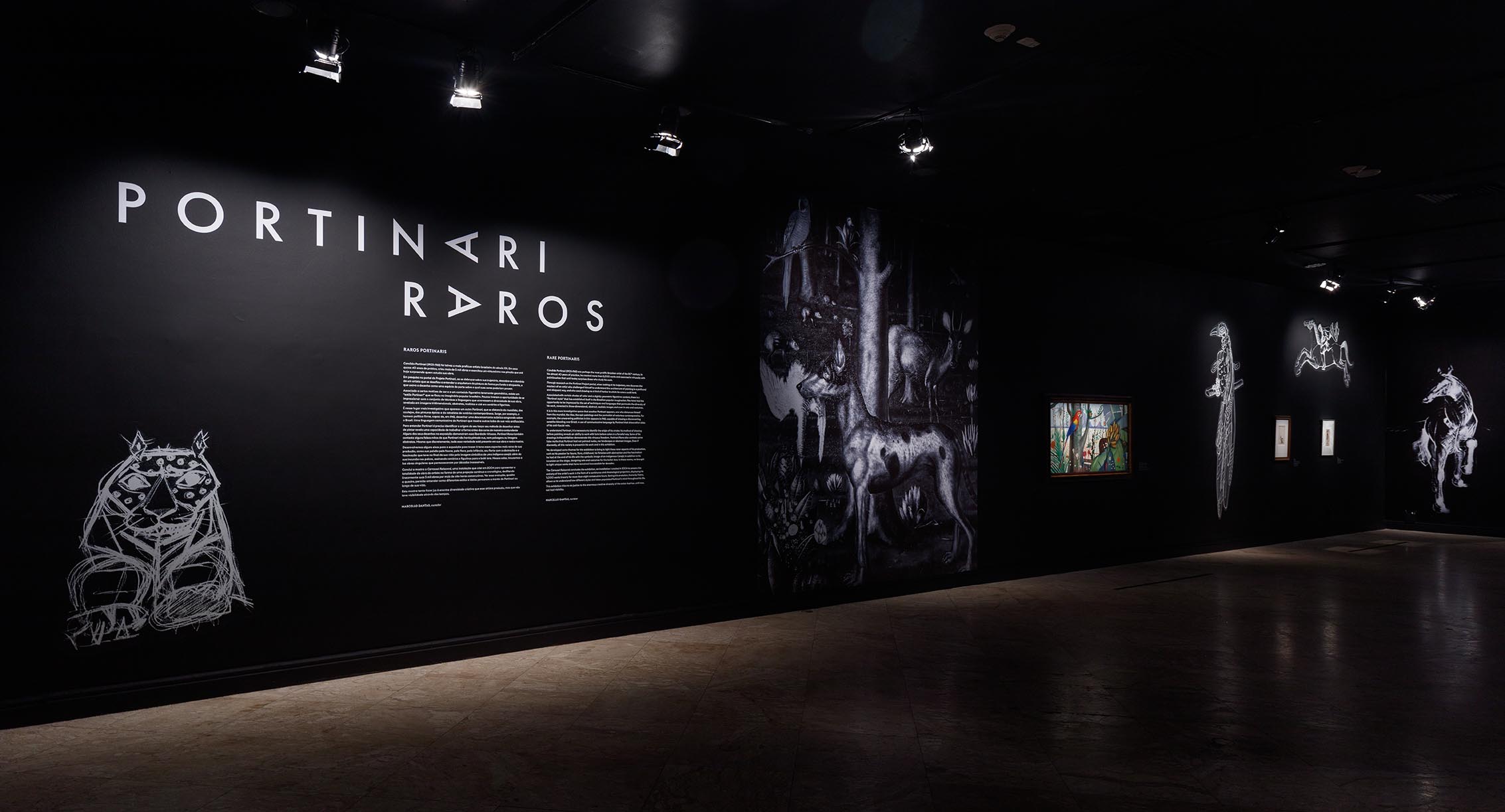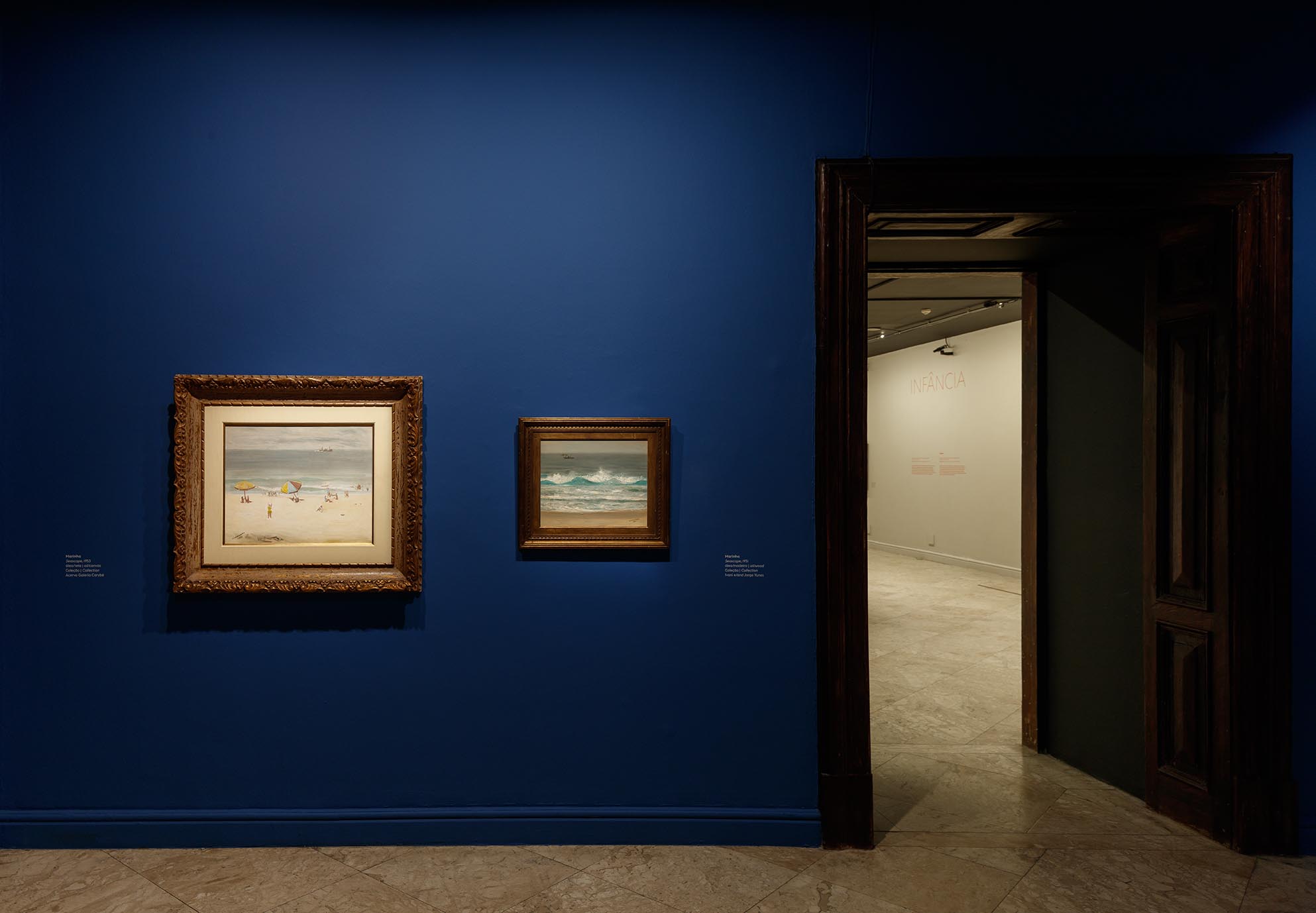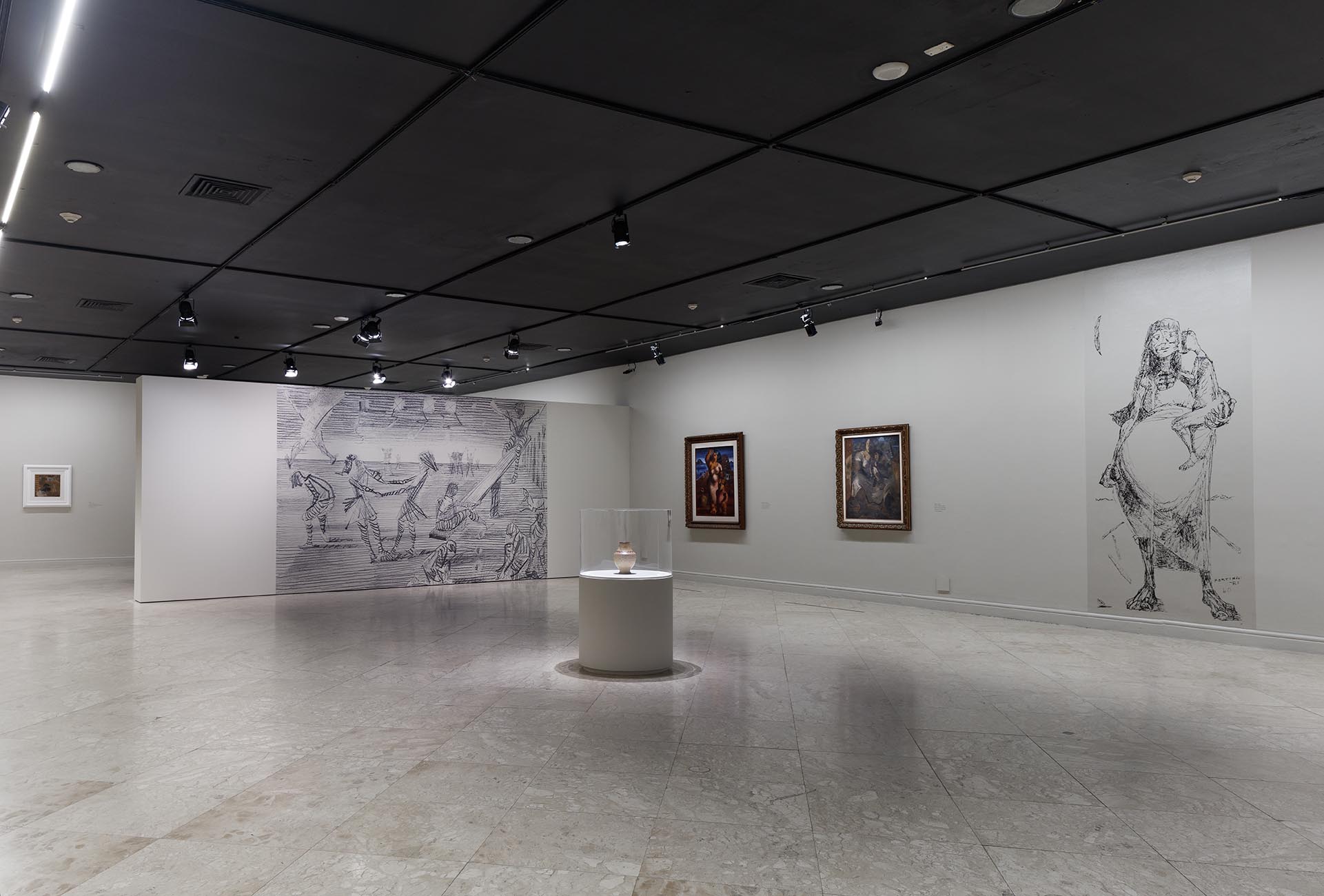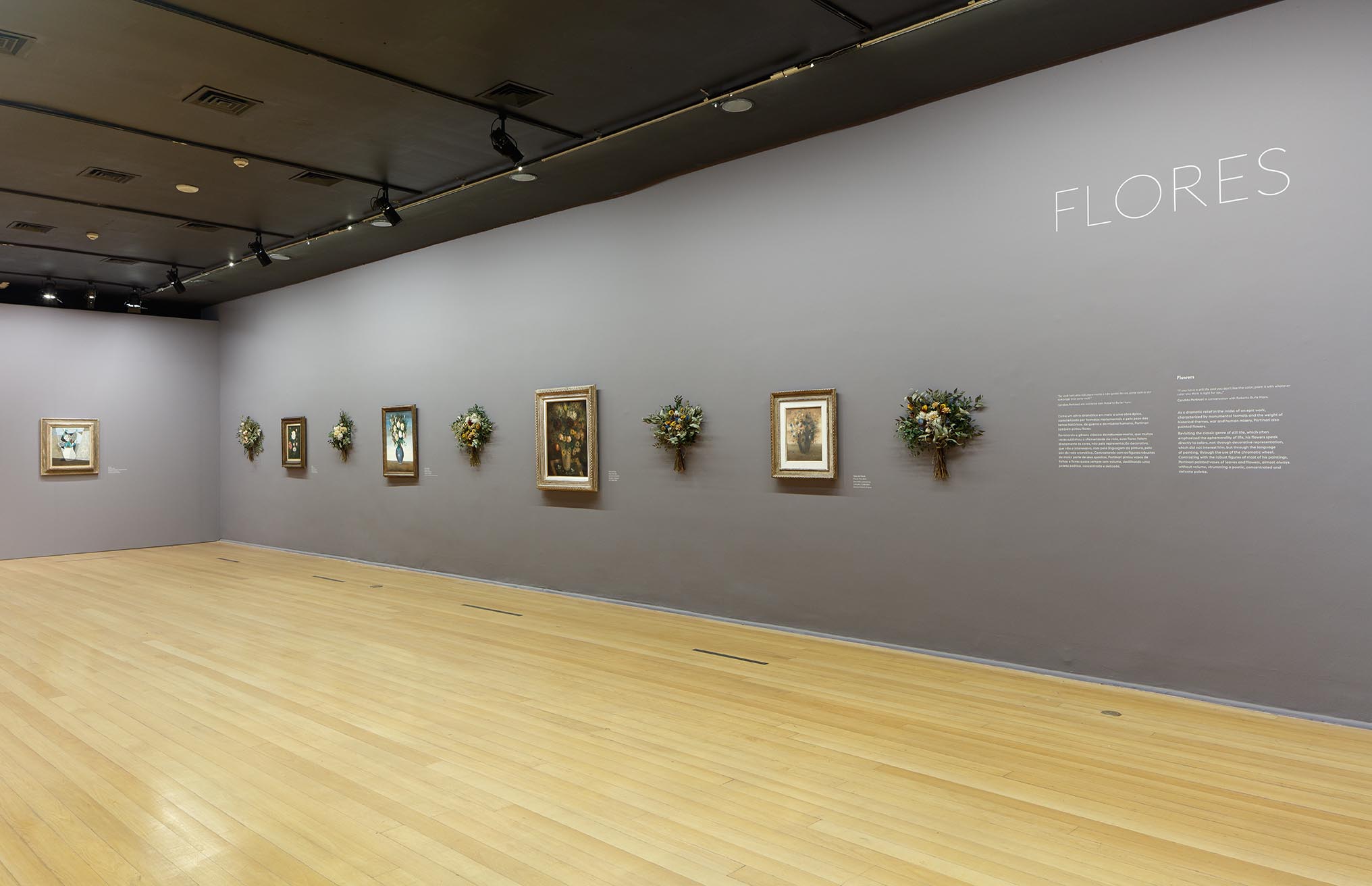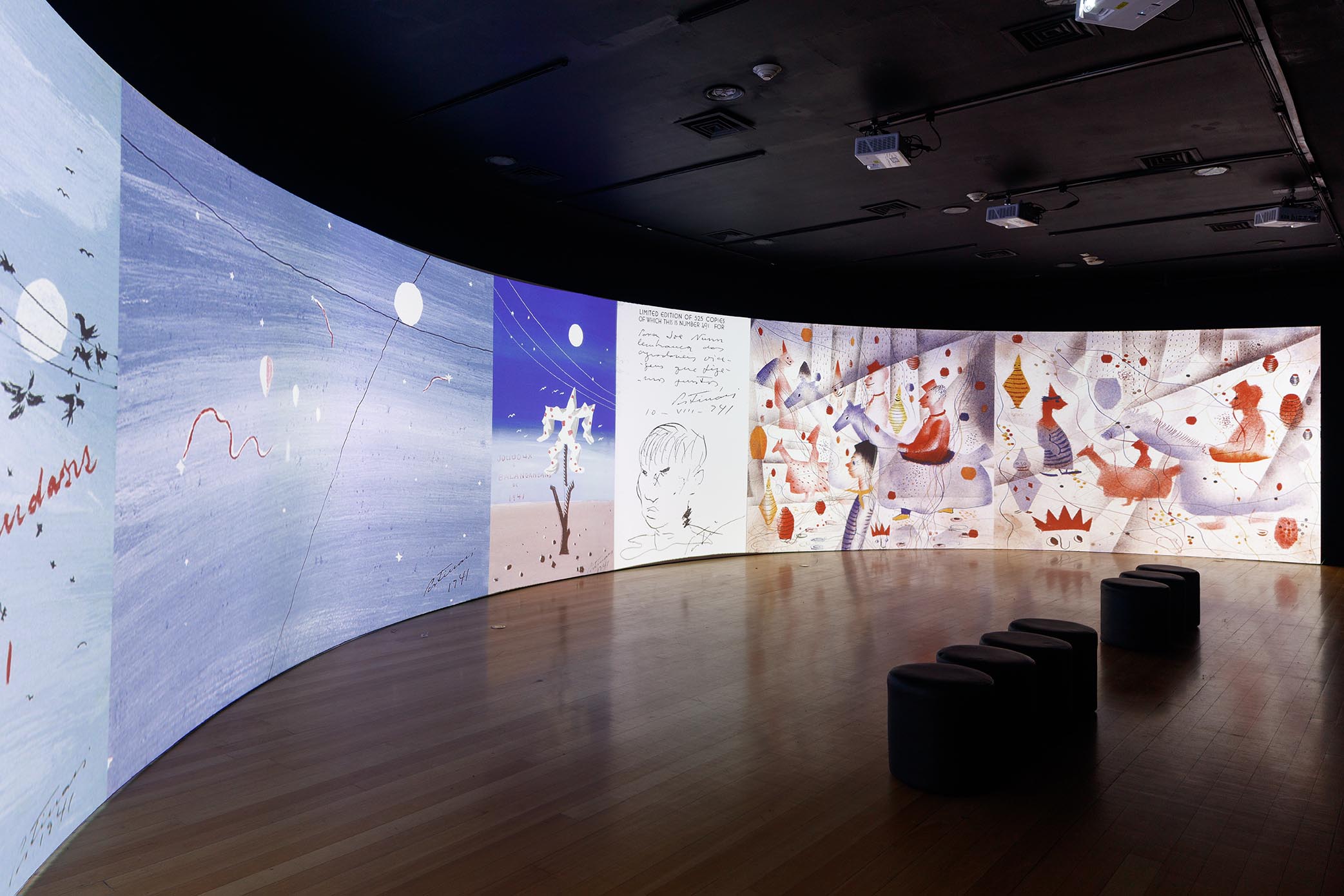Portinari Raros
Portinari Raros
CCBB São Paulo, SP; Rio de Janeiro, RJ; Belo Horizonte, MG; Brasília, DF
2022
Executive Production
Curated by: Marcello Dantas
Candido Portinari (1903-1962) was perhaps the most prolific Brazilian artist of the 20th century. In his almost forty years of practice, he created more than 5,000 works and exercised a virtuosity with his brushes that still surprises those who study his work.
A search on the Portinari Project website reveals the mastery of an artist who challenged himself to understand the architecture of painting in a profound and eloquent way, and who used drawing as a kind of harbour on which his colours could land.
Associated with certain shades of colour and a slightly geometric figurative content, there is a “Portinari style” that has become fixed in the Brazilian popular imagination. Few have had the opportunity to be impressed by the range of techniques and languages that run through the diversity of his work, revealed in three-dimensional, abstract, realistic images and even in sets and costumes.
It is in this more investigative place that another Portinari appears, who distances himself from the muralist, the tile artist, the epic painter and the portraitist of notorious contemporaries. For example, the firm political man emerges, capable, in 1942, of drawing a disconcerting swastika bleeding over Brazil. Portinari’s communicative language shows other sides of his anti-fascist streak.
To understand Portinari, it is necessary to identify the origin of his trait: his method of drawing before painting reveals an ability to work form before colour in a forceful way. Some of his drawings in the exhibition demonstrate this virtuous freedom. The exhibition also disputes some false myths that Portinari didn’t paint nudes, landscapes or abstract images. Even if discreetly, all this variety is present in his work and in this exhibition.
We have developed a number of axes for the exhibition to bring out these rarer aspects of his production, such as his passion for fauna, flora, childhood, his flirtation with abstraction and the fascination he had at the end of his life with the symbolic image of a Carajá indigenous woman; as well as his foray onto the stage, signing sets and costumes for the ballet Iara. In these rooms we brought to light unique works that had remained inaccessible for decades.
The show concludes with Carrousel Raisonné, an installation I created in 2004 to present the artist’s entire oeuvre in the form of a continuous, chronological projection, linearly parading his 5,000 works for more than eight consecutive hours. Seeing this evolution, frame by frame, allows you to understand how different styles and ideas populated Portinari’s mind throughout his life.
This exhibition endeavours to do justice to the enormous creative diversity that this artist produced, but which has not been visible over time.
